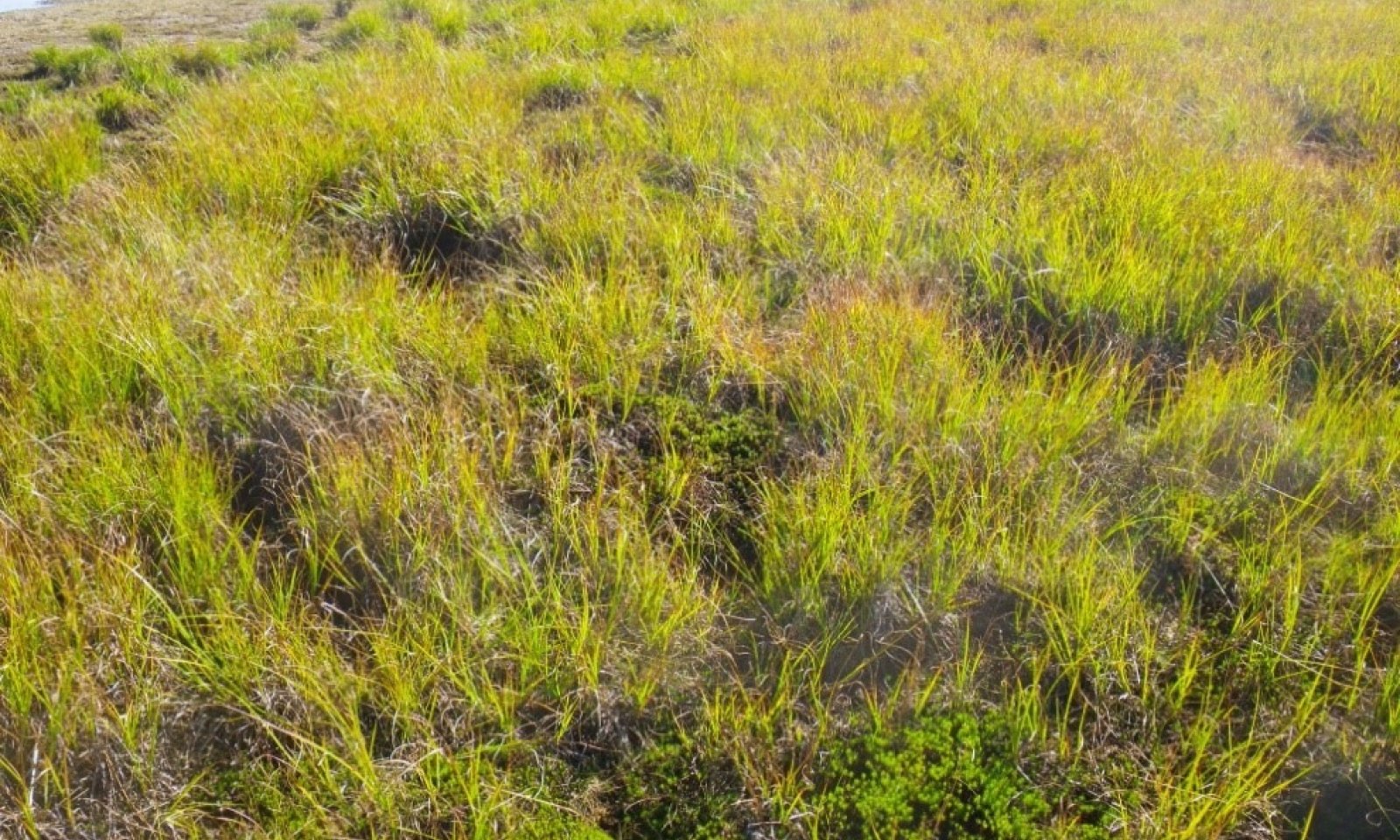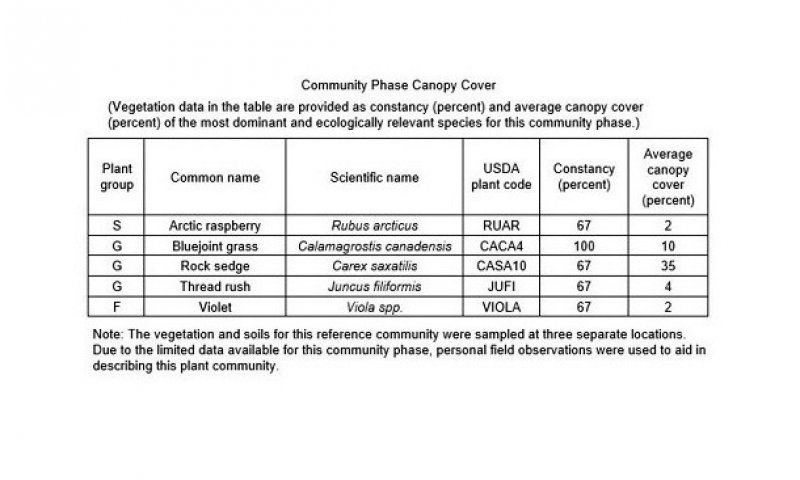

Natural Resources
Conservation Service
Ecological site R236XY110AK
Western Alaska Maritime Graminoid Loamy Depressions
Last updated: 2/13/2024
Accessed: 12/22/2024
General information
Provisional. A provisional ecological site description has undergone quality control and quality assurance review. It contains a working state and transition model and enough information to identify the ecological site.
MLRA notes
Major Land Resource Area (MLRA): 236X–Bristol Bay-Northern Alaska Peninsula Lowlands
MLRA 236 is in southwest Alaska. It covers 19,575 square miles (USDA-NRCS, 2006) and extends inland from Bristol Bay. It is composed primarily of level to rolling plains and low to moderate hills bordered by long footslopes of mountains (Kautz et al., 2012). The flood plains and terraces along the major rivers and lakes are characterized by depressions and small basins. Mountains form the eastern and western borders of the MLRA, and glacially formed lakes are behind terminal moraines (Kautz et al., 2012). The entire MLRA was covered by glacial ice during the early to middle Pleistocene (USDA-NRCS, 2006).
The climate near the coast is dominantly maritime, and the climate farther inland is continental and is influenced by weather systems of Interior Alaska (Kautz et al., 2012). Summers typically are warm and short, and winters are long and cold. The average annual precipitation is 13 to 50 inches, and the average annual air temperature is 30 to 36 degrees F (Kautz et al., 2012). The freeze-free period normally is 70 to 125 days. Aspect and elevation, which ranges from sea level to about 2,500 feet above sea level (USDA-NRCS, 2006), influence the climate and weather patterns.
This MLRA is sparsely populated. The major communities include Dillingham, Naknek, and King Salmon. Federally managed land in the MLRA includes parts of Katmai National Park and Preserve and the Aniakchak National Monument and Preserve as well as Togiak and Alaska Peninsula National Wildlife Refuges (Kautz et al., 2012; USDA-NRCS, 2006).
Ecological site concept
Follow the link to the USDA-NRCS eFOTG page, where the complete ecological site description may be found.
https://efotg.sc.egov.usda.gov/
Once there, select the State of Alaska. Then, using the dropdown menu, select FOTG Section II, then Ecological Site Descriptions, then MLRA 236.
Table 1. Dominant plant species
| Tree |
Not specified |
|---|---|
| Shrub |
Not specified |
| Herbaceous |
(1) Carex saxatilis |
Click on box and path labels to scroll to the respective text.

